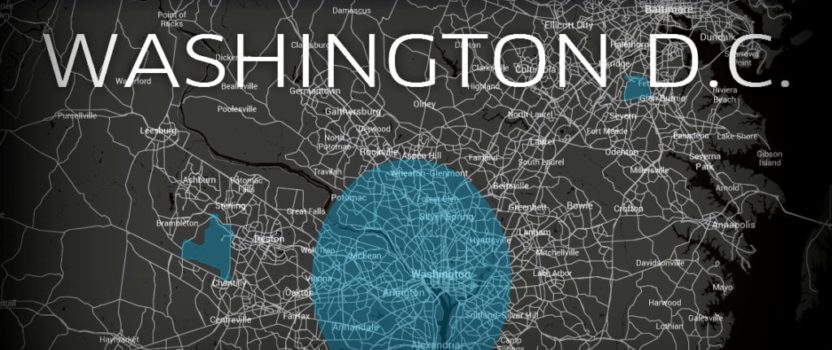What Exactly Does Uber’s New “Safe Rides Fee” Do? Not Enough.
Ask a straight, cisgender man what he does when he prepares to leave the house. Odds are, he will be at a loss for how to answer. For those that rarely feel the threat of sexual violence on the street, safety is often not on their radar. Try asking the same question to a woman or an LGBTQ-identifying individual, however, and you’ll likely be treated to an exhausting laundry list of safety measures: double-checking outfits, planning out alternative walking routes, maybe even packing a weapon like mace — and so much more. Folks who don’t regularly experience sexual harassment on the street get to decide where to go and how to get there based on convenience and cost. But for women and LGBTQ folks, these considerations are often in conflict with a need to stay safe — which takes up an incredible amount of energy and can end up unfairly costing them — not only in money, but also in time and energy.
That’s why it really bugged us when we heard the recent news from CASS supporter @mcbyrne that transportation company Uber will start levying a $1 “safe rides fee” for trips on UberX, the company’s rideshare service.





Why would a company — especially one that likely gets ample business from those concerned with their personal safety — put an additional price tag on our freedom from assault? How does it solve the harassment and assault perpetrated by Uber drivers themselves? We reached out to Uber DC, and here’s what they told us about the new “safety” fee —
According to Uber reps, the fee will sustain Uber’s existing safety measures, which include background checks on drivers, insurance on Uber trips and basic driving training. The new fee will also help build a pool of resources for additional safety measures to implement in the future, like a Kitestring-like feature for the Uber app. When we asked about Uber’s policy on harassment by drivers, we were told that anyone accused of harassing behavior is let go. We truly appreciate the time and energy of the Uber DC rep who spoke to CASS and listened to our suggestions, and we’re glad that they’re investing in driver and passenger safety.
This isn’t the first time that CASS has spoken with Uber reps about issues of sexual harassment and assault by drivers.

In December 2012, reports arose that a young DC woman had been raped by her Uber driver (in this case, a black car driver). By the spring, her case had been dropped. During this time period, CASS reached out to Uber to encourage the company to respond to this assault and — most importantly — to implement plans to prevent similar incidents. We had a lengthy conversation with Uber reps, in which we pitched productive community responses like facilitating an informative tweet chat on the company’s safety measures or training Uber drivers and staff on sexual violence prevention.
Ultimately, our call this week with Uber revealed that — despite its new safety fee — not much has changed about how the company trains its staff or deals with sexual harassment complaints.
In our work on transit issues, CASS has emphasized that culture change is the key to ensuring safe transportation for women and LGBTQ individuals. When it comes to Uber, firing individual drivers may cure the symptoms, but not the cause: the unmet need for preventive training regarding sexual harassment and assault. The Uber rep that CASS spoke with said that the company hardly ever receives reports of sexual harassment or assault by drivers. When you’re dealing with the most underreported crime in the country, a low number of reports is not the best indicator of progress. Often, it’s a sign that victims don’t feel empowered to speak up.
Rather than offering a misleading “safety” surcharge, what about actually increasing passenger safety in the present? We think Uber should do more.
Here’s where you come in. Fill out the survey below to tell us what you think Uber should do to prevent sexual harassment by Uber drivers. If you’ve been harassed in an Uber, let us know anonymously by sharing your story.

